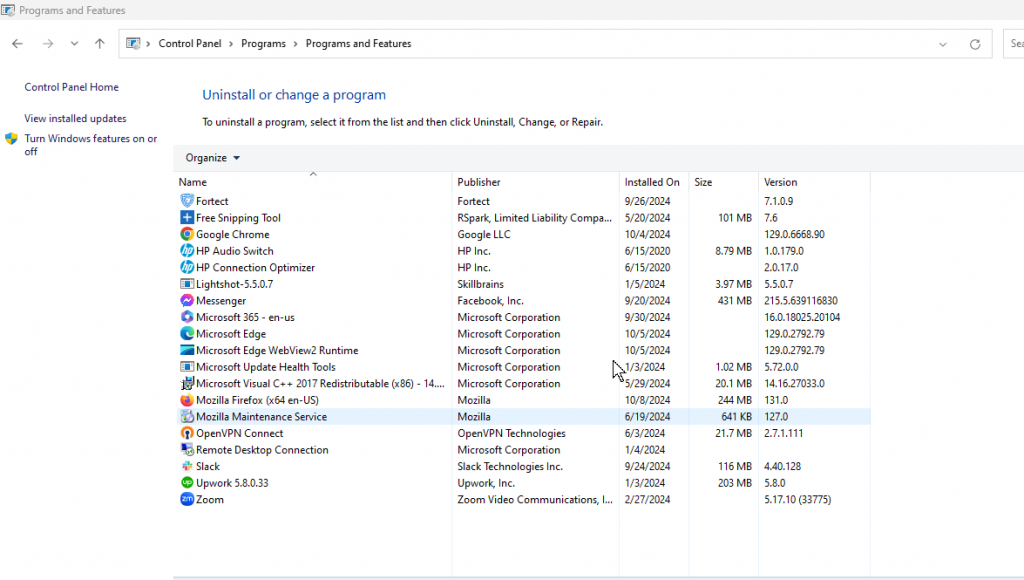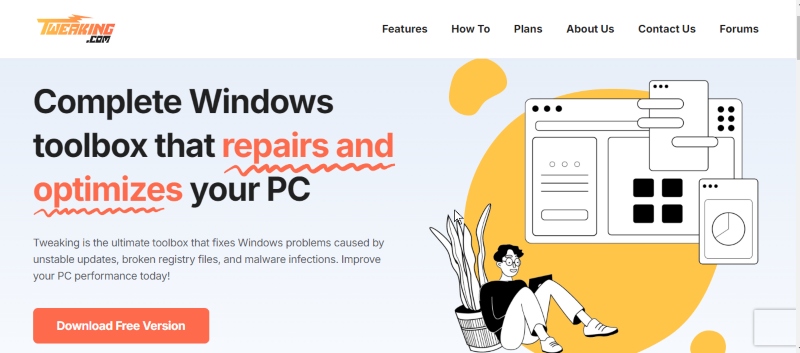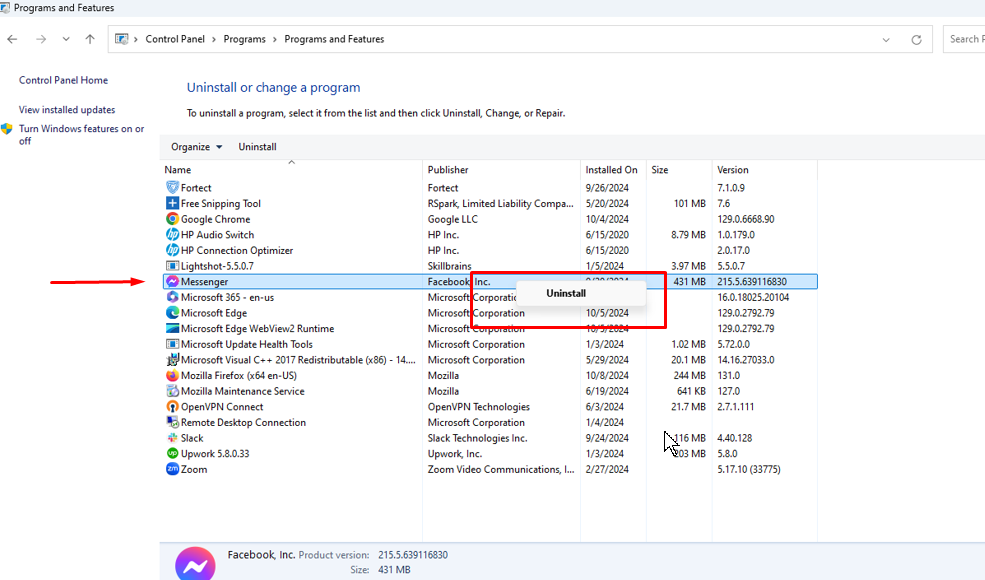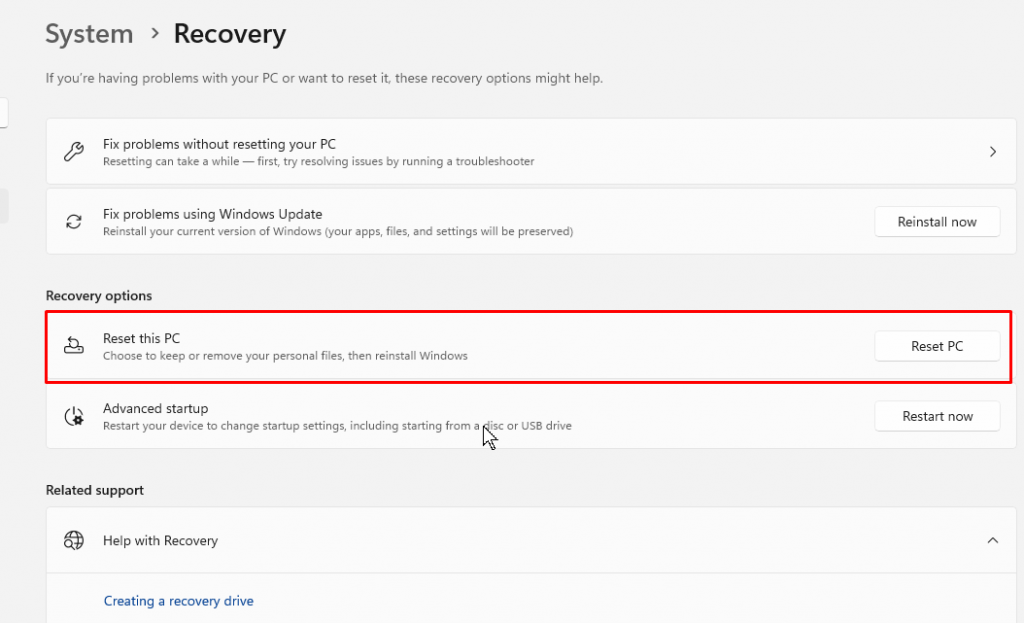Bloatware can be a significant source of frustration for Windows 11 users, significantly when it slows down performance or consumes valuable resources. What is bloatware, and how does it affect your computer?
Why Does Your Windows 11 Have Bloatware?
Bloatware refers to unwanted or unnecessary software pre-installed on your Windows 11 system. These programs often take up storage, slow down your PC, and consume system resources without adding value to your daily usage.
- Pre-installed by the Manufacturer
Manufacturers often pre-install bloatware on new Windows 11 devices. These programs might be third-party apps, trial versions of software, or proprietary tools from the manufacturer that you may never use. Some apps could be helpful, but most slow down your device over time.
- Software Bundles
When you install new software, especially from third-party websites, additional applications might be bundled into the installation process. Many users unknowingly agree to install these programs because the option to opt-out is hidden or pre-checked in the installation process.
- Unintentional Downloads
Bloatware can also be downloaded by clicking on unsafe links or pop-ups. These downloads happen without the user’s knowledge, often through browser extensions or hidden checkboxes in software installations.
How to Identify Bloatware on Windows 11
Identifying bloatware on Windows 11 is the first step to resolving performance issues. Here are some ways to spot unnecessary software that might reduce your system’s efficiency.
Check for Unfamiliar Programs
One of the easiest ways to identify bloatware is by reviewing the list of installed programs. Many users may overlook apps that come pre-installed, assuming they are essential. However, unfamiliar apps could be bloatware that doesn’t add value.

Steps:
- Open the Settings menu by pressing Windows + I.
- Navigate to Apps > Installed apps.
- Review the list of programs and note any unfamiliar or unused apps.
Review Startup Programs
Bloatware can sneak into your startup programs, slowing your PC’s boot process. Identifying these apps is crucial because they automatically run when you start your computer.
Steps:
- Press Ctrl + Shift + Esc to open Task Manager.
- Click on the Startup tab.
- Look for any unnecessary programs listed under the startup section and disable them by right-clicking and selecting Disable.
Use Third-Party Tools
Sometimes, it’s challenging to identify bloatware manually. Fortunately, third-party tools are available that scan your system and list potentially unwanted programs (PUPs).
Steps:
- Download a trusted bloatware removal tool like Tweaking.
- Run a scan to detect PUPs and other unwanted applications.
- Follow the tool’s recommendations to remove unnecessary programs safely.

Tweaking helps you remove temporary files, keep your hard drive clean, and free up space by deleting unnecessary Windows temp files that accumulate over time. More importantly, it effectively removes bloatware—whether pre-installed by the manufacturer, downloaded unintentionally, or bundled with other software—ensuring your system stays clean and runs smoothly.
Download and install Tweaking now.
How to Remove Bloatware from Windows 11
Once you’ve identified bloatware, it’s time to remove it. Depending on how deep you want to clean your system, there are several ways to do this.
Uninstall Programs Manually
The simplest way to remove bloatware is by uninstalling programs manually. While this process takes time, it gives you complete control over which apps to remove.
Steps:

- Open the Settings menu by pressing Windows + I.
- Go to Apps > Installed apps.
- Click on any unwanted application and select Uninstall.
- Follow the on-screen prompts to complete the uninstallation process.
Use PowerShell for Pre-installed Apps
Some bloatware, especially system apps, cannot be removed through traditional uninstallation methods. In such cases, PowerShell commands allow you to remove these apps manually.

Steps:
- Type PowerShell in the Windows search bar and select Run as Administrator.
- Enter the following command to list installed apps: Get-AppxPackage | Select Name, PackageFullName
- To remove a specific app, enter the following: Get-AppxPackage *AppName* | Remove-AppxPackage
Replace AppName with the actual name of the app you wish to remove.
Reset or Reinstall Windows 11
For users with excessive bloatware, resetting or reinstalling Windows 11 can offer a fresh start. This method removes all third-party apps, including bloatware, and returns the system to a clean state.
Steps:

- Go to Settings > System > Recovery.
- Under Reset this PC, click on Reset PC.
- Choose whether to keep your files or remove everything, and follow the prompts to complete the reset.
Best Practices to Avoid Bloatware in the Future
Preventing bloatware from re-entering your system is just as important as removing it. You can keep your Windows 11 system clean and efficient by following simple precautions.
Download Software from Trusted Sources
Always download software from official websites or trusted platforms. Third-party sites often bundle unwanted programs with legitimate software. Ensure the URL is authentic before downloading any application.
Be Careful During Installations
Many programs, especially free ones, come bundled with additional software. Always choose the Custom Install option, which allows you to see what other apps might be installed alongside the main program. Select any extra, unnecessary software during the installation process.
Use an Anti-Bloatware Tool
You can prevent bloatware by regularly scanning your system with anti-bloatware tools. These programs detect and remove unnecessary apps before they slow down your system.
Conclusion
Bloatware can significantly hinder the performance of your Windows 11 computer, consuming valuable resources and slowing down daily tasks. By learning to identify and remove bloatware effectively, you can optimize your PC’s performance and enjoy a smoother user experience.
Check your system regularly for unwanted programs and adopt preventive measures to avoid bloatware in the future. Keeping your Windows 11 system bloat-free is critical to long-term efficiency.
Menzi Sumile
Verified at:
29/05/2024 06:37
Leave a Reply